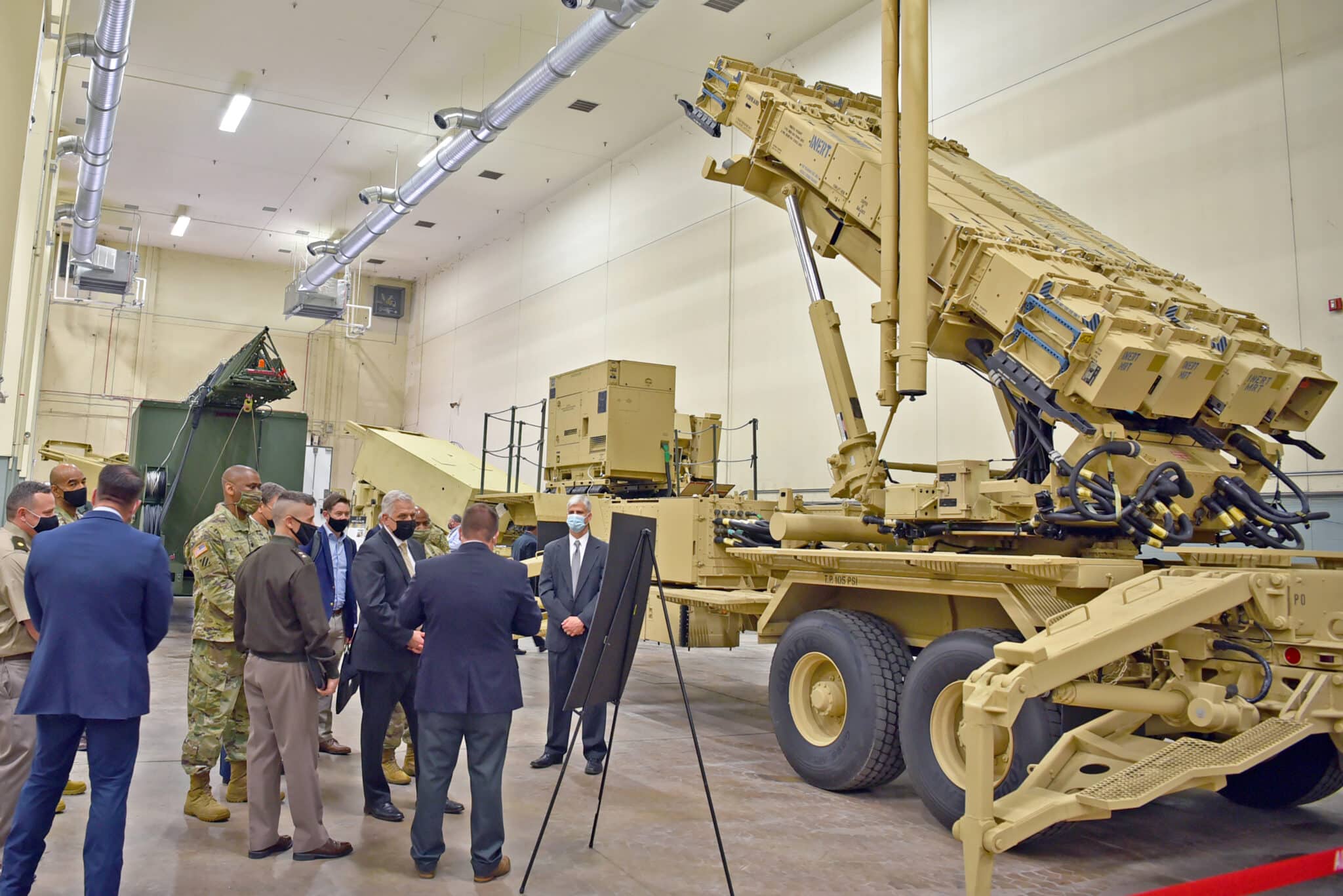In my column on May 28, I discussed the Senate Armed Services Committee’s consideration of the Pentagon policy bill for fiscal year 2015. I noted missed opportunities to make policy changes that would help to make the Pentagon budget sustainable in these times of fiscal restraint.
Last week the House of Representatives passed its version of the Pentagon appropriations bill. Unlike the authorization bill, which sets policy, the appropriations bill is where the fiscal rubber meets the road. Once the president signs the appropriations bill (after Senate action and then a meeting to resolve differences between the House and Senate versions), checks can be cut by the U.S. Treasury and money begins to flow. So this is the legislation that needs to be shaped if you want to affect the federal deficit and ensure smart use of the taxpayers’ money.
As a first step before the checks can be written, the House Appropriations Committee acted on the president’s budget request for the Pentagon. Briefly, the House committee added four additional F-35 aircraft, for an additional $479 million. The committee also added close to $1 billion for 12 additional EA-18G “Growler” aircraft for the Navy. While the Growler and other aircraft currently in our inventory can fulfill many of the F-35 missions at a fraction of the cost, the only way we can achieve those savings is by not buying the hugely expensive F-35.
The committee also prohibited the Pentagon from taking even the smallest step toward saving some of the money spent on the nuclear “triad” (the three different ways the U.S. can deliver nuclear weapons) by saying the Air Force cannot conduct a study of the environmental impact of placing some missile silos into an “inactive” status.
During consideration of this massive spending bill in the full House of Representatives, several lawmakers offered fiscally sound amendments. Among them:
- An amendment by Rep. John Garamendi, D-Calif., to cut $15.6 million slated to make the F-35 a dual-use aircraft that can deliver both nuclear and conventional munitions. If we can’t end this massive program now, let’s at least make it as inexpensive as possible. And no less an authority than the former chief of staff of the Air Force, General Norton Schwartz, believes the U.S. should abandon plans to make the F-35 nuclear-capable.
- An amendment by Rep. Jackie Speier, D-Calif., to cut $50.2 million for the Littoral Combat Ship countermine mission module in order to reduce the level of concurrency (actual production while elements of design are incomplete) in the module's development. The secretary of defense is recommending curtailing the program at 32 ships, instead of the originally envisioned 50. I believe the LCS program should be ended after the currently signed contracts are fulfilled, effectively ending the program at 20 ships. But at the very least, cutting $50.2 million to reduce concurrency is smart budgeting.
- An amendment by Rep. Jerrold Nadler, D-N.Y., to strike the language, as noted above, that prevents funds in the bill from being used to decommission Intercontinental Ballistic Missile silos. The current fiscal environment means all weapon systems should be on the table for potential reductions. But both the House Armed Services and Appropriations Committees have refused to give the Pentagon the flexibility to reduce the number of active silos as they see fit.
None of these amendments was included in the final House version of the Pentagon spending bill – some because they failed to gain sufficient votes and some because they were never actually considered. Let’s hope that when the Senate takes up the same bill, these or other ideas that are both fiscally sound and smart defense policy are included.











Get Social